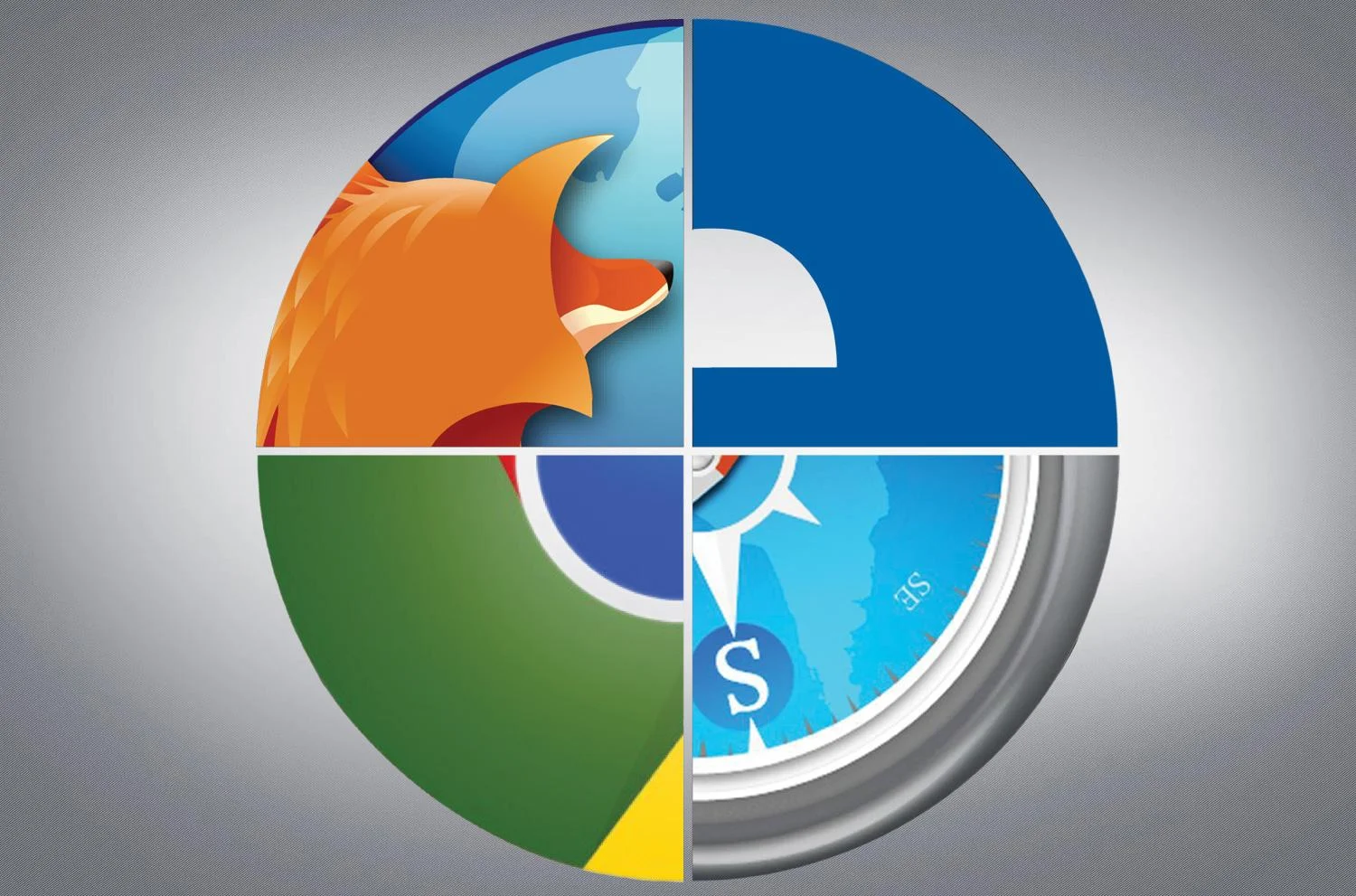Thanks to Google’s big Google+ push a few years ago, many YouTube accounts are connected with the real name of their owner. Punch your name into Google, and one of the first results could be your YouTube account, complete with a feed containing all the videos you’ve viewed and channels you’ve subscribed to over the past few years.
Thankfully, you can still control what the rest of the world sees by correctly configuring the level of your privacy inside your YouTube account settings.













